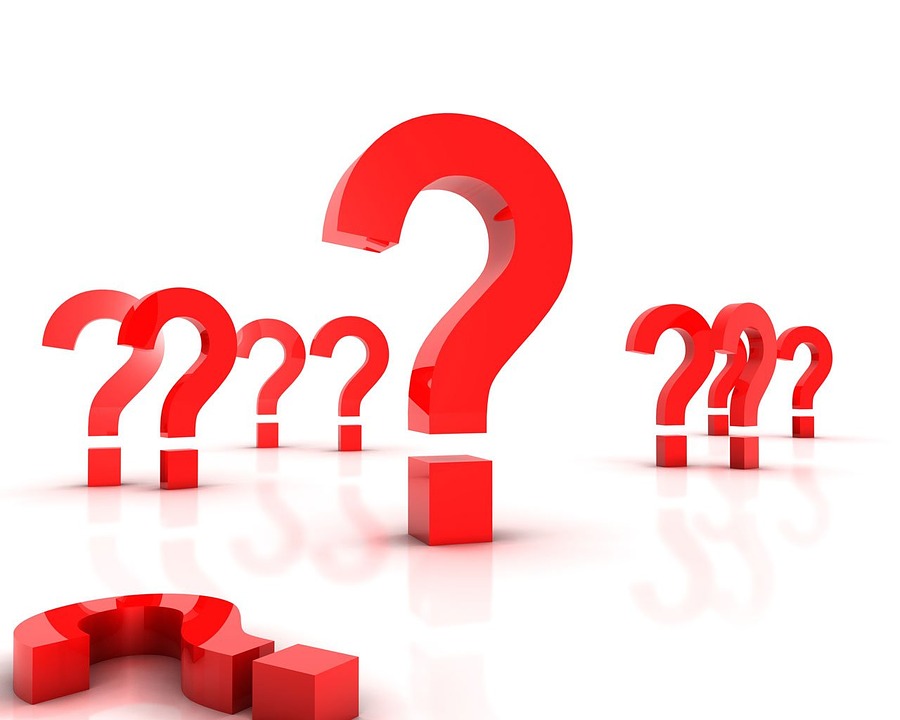1.1.3 - Punctuation
- Due No due date
- Points 100
- Questions 4
- Time Limit None
- Allowed Attempts Unlimited
Instructions
Los Signos de Punctuacíon
Punctuation Marks

Punctuation marks used in Spanish grammar are similar to those used in English grammar. However, there are a few distinct differences. In this lesson, you will be introduced to different punctuation marks that are used in Spanish grammar. Furthermore, you will learn how to type the punctuation marks depending on the type of computer you are using.
Para Empezar ...
To begin ...
In Spanish, questions begin and end with punctuation. Spanish uses the upside-down question mark (¿) to begin the question and then uses the regular question mark (?) to end the question. Similarly, in Spanish, exclamatory sentences also begin and end with punctuation. Spanish uses the upside-down exclamation mark (¡) to begin the sentence and then uses the regular exclamation mark (!) to end the sentence.
Examples:
¿Cómo está usted?
How are you?
¡Estoy muy bien!
I am very good!
¡Mira la hora! ¿Estás tarde?
Look at the time! Are you late?
Since you will be typing in Spanish for this course, it is important that you are able to insert the various punctuation marks that are used in Spanish grammar. The following are instructions on how to insert these punctuation marks.
How to insert the inverted question mark (¿)
Mac Users:
(In order to insert the inverted question mark, hold down the "Opt" key and then the "?" key.)
Opt + ?
PC Users:
(In order to insert the inverted question mark, hold down the "Alt" key and then type the 3 digit code.)
Alt + 168
How to insert the inverted exclamation mark (¡)

Mac Users:
(In order to insert the inverted exclamation mark, hold down the "Opt" key, "Shift" key, and then the "?".)
Opt + shift + ?
PC Users:
(In order to insert the inverted exclamation mark, hold down the "Alt" key while typing the 3 digit code listed below.)
Alt + 173
Now, on a blank Word document, take a few moments and practice typing the inverted exclamation mark and inverted question mark.
Punto
Period
Generally, in Spanish, the period is used the same as in English. However, one main difference is that Spanish numerals use periods rather than commas as in English.
Example:
English - $500,000.00
Spanish - $500.000,00
Coma
Comma
The usage of commas in the Spanish language is relatively the same as in English (e.g. set apart complete thoughts, set apart clauses, etc.) However, when listing items in Spanish, no comma is inserted after the next-to-last item on the list and the conjunction "and" ("y" in Spanish). For example:
Para el viaje, necesito mi mochila, gafas de sol y gorra.
For the trip, I need my backpack, sunglasses, and hat.
Quiz: Now complete the following quiz which assesses your knowledge of the information presented in this lesson as well as some of the information presented in the previous lessons. You only have two attempts.
